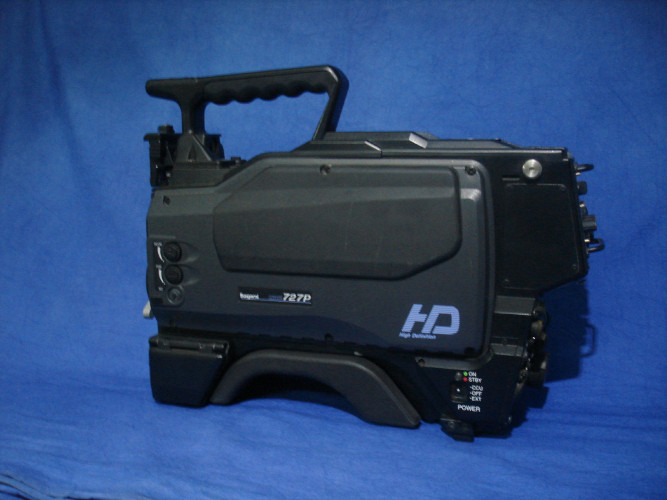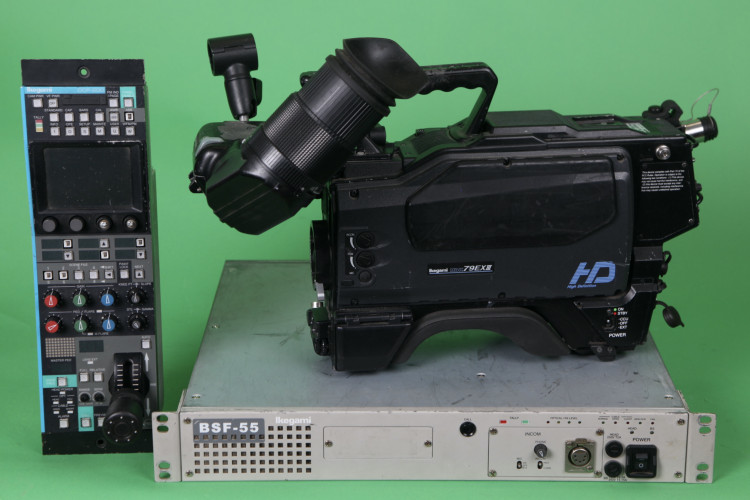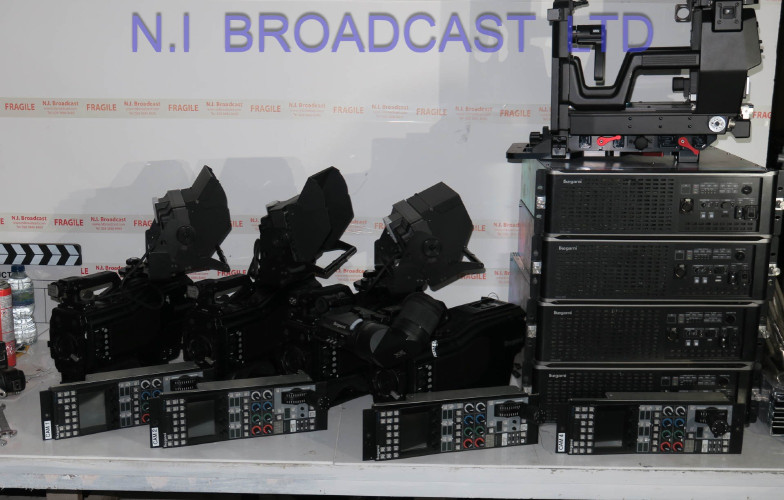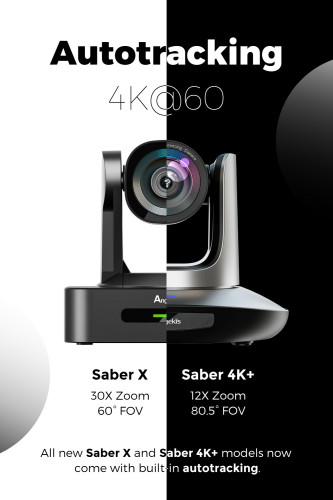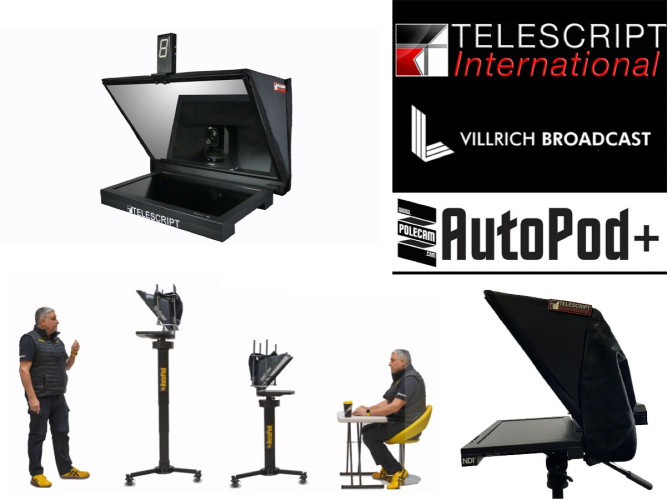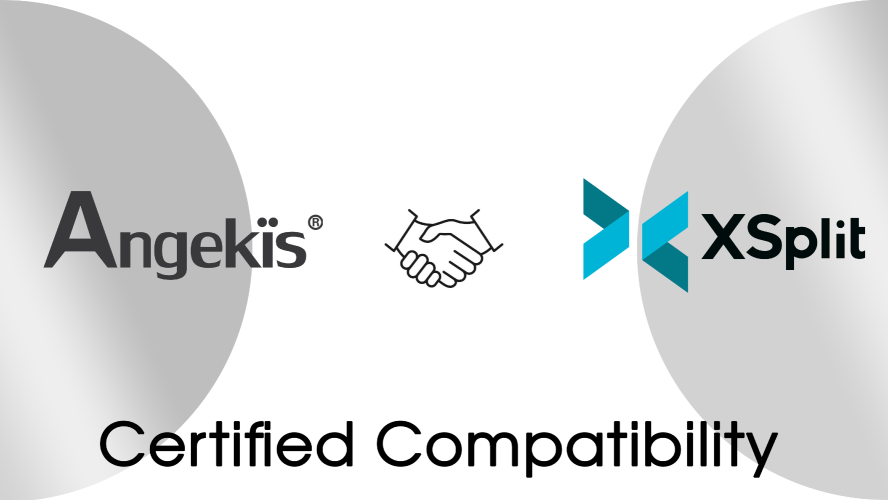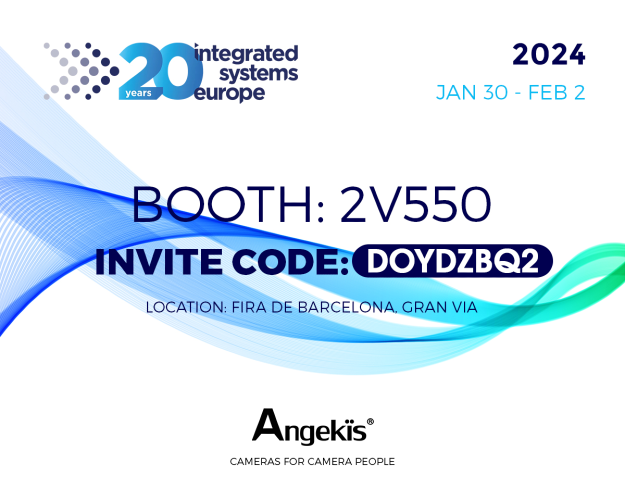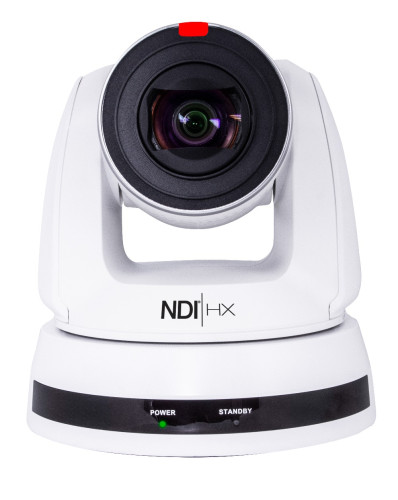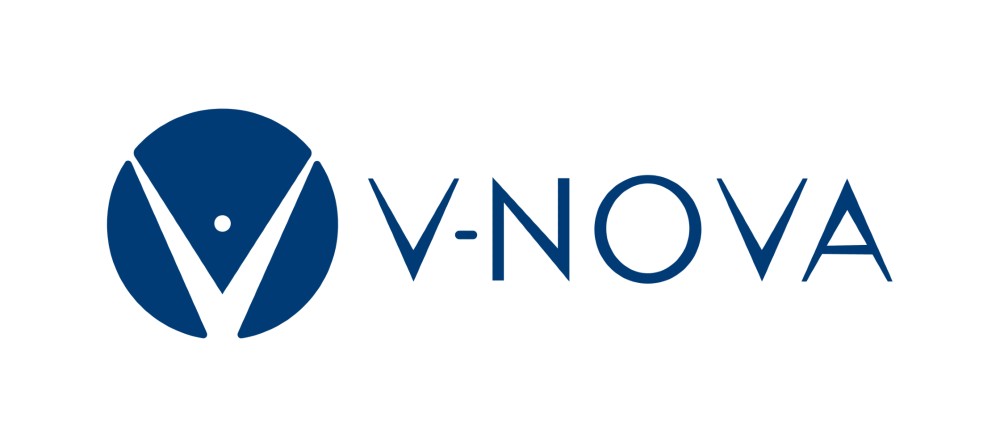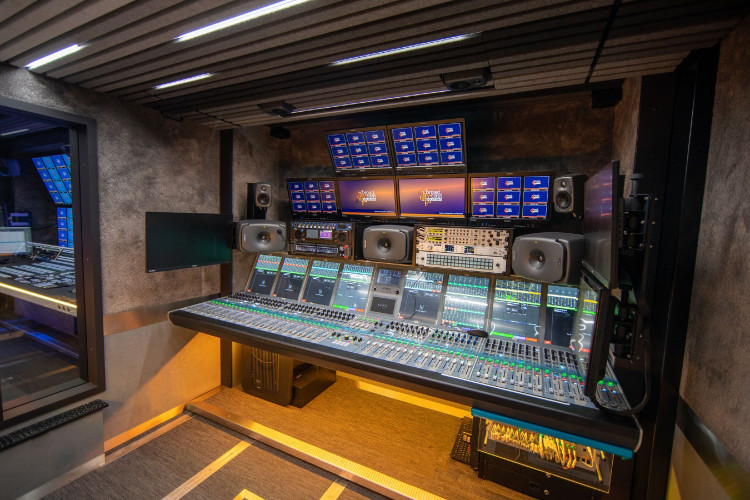What do you see as the trend thats most impacting the image-processing sector at this moment in time?
Audiences are moving towards a world where it is an expectation that when consuming content they want complete immersion. The explosion of virtual reality (VR) in to our market is testament to that. Progression has been a trend that has run through the broadcast industry from its conception. We started with no sound and a grainy sepia colour, which has progressed over the years, arriving at where we are today. High dynamic range (HDR) is fast becoming the industry requirement.
On a HD television set the current standard limits brightness to 100 nits and minimum brightness to 0.117 nits. HDR has the possibility to push that brightness limit up to 10,000 nits. This makes a crucial change to how consumers are engaging with content. An example of this is looking at images of the sky. Up to now blue has been limited to 7 nits and now thanks to HDR that 7 has the potential to be 10,000 nits, representing a sky that is truly bright and saturated and therefore catering to the consumers expectation to observe true-to-life and immersive content.
How has Ikegami addressed this?
As a manufacturer, it is important that we future-proof our products with how broadcasters expect content to be delivered. At the same time, we have to be conscious that, at this stage, HD is still what the majority of consumers are watching. Thats the tricky thing about the broadcast industry, whilst we always strive to look to the future we must also take in to account the technologies that are still prevalent and in use.
When the industry is in a state of flux we must stay flexible. That is how we as a company have addressed this state of change. Ensuring that our products are HDR enabled but still able to work within existing infrastructures.
Ikegami kit is predominantly used in a studio environment - what impact has IP had in the studio?
IP is in a similar boat as HDR. Whilst one cannot ignore the direction of the industry, one has to recognise that existing infrastructures are still relying on SDI. This means that again flexibility comes to the fore. When studios come round to re-kitting their space, they eventually will have to adopt an IP environment. Longevity is IPs game, which ultimately leads to a more efficient and economically viable answer.
As there are no rigid standards as yet for IP, we have decided to take the flexible approach again keeping agnostic we support different standards AIMS, SMPTE and EBU. With full adoption of IP yet to take place in the broadcast world, this is the measure we need to take.
What major issue do you think the broadcast industry is facing?
Whilst as an industry we have always progressed, we are now progressing at such a pace that it is hard to keep up. The time between black and white and colour was a lot longer than what we are seeing with SD to HD, then on to UHD now to arrive at HDR. This is by no means a bad thing its a very positive thing that our passion to provide the very best quality and experiences to audiences drives technology on. However, the issue arises when the technology is there before we really understand the potential applications before we have even decided on a standard. Facilities want, and need, to future-proof their workflows, however when we are progressing technology so quickly how do they know what the right route to go down is?
With the introduction of IP in to our industry and the inevitable convergence of the broadcast and IT sectors, our advancements in technology can only expect to pick up speed. The IT sector is used to this rate of change and that is something we as a broadcast industry can learn from them.
What are your thoughts on addressing these issues?
Education. It will not slow the progress down, but it means we will be prepared. With the convergence of the broadcast and IT industries we are entering a somewhat unknown. The question, is do we need IT or broadcast experts to contend with the future? The answer is not as simple as one or the other. What we need is adaptability. If a broadcaster can be educated and trained to adapt with a predominantly IT infrastructure then thats perfect. Likewise, if someone coming from an IT background enters the broadcast industry yes, they will already have the knowledge of working in a IP friendly environment but lack the nuances of broadcast. We need to ensure that not only our technology is future-proofed but our experts are too.
What is the most exciting thing for you at IBC?
Personally Im excited to see the developments in 4K PTZ and 4K box cameras. But from a wider industry focus, I am excited to see news about IP remote production, in particular hearing what SAM will be showing as what they have delivered so far has been very impressive.







